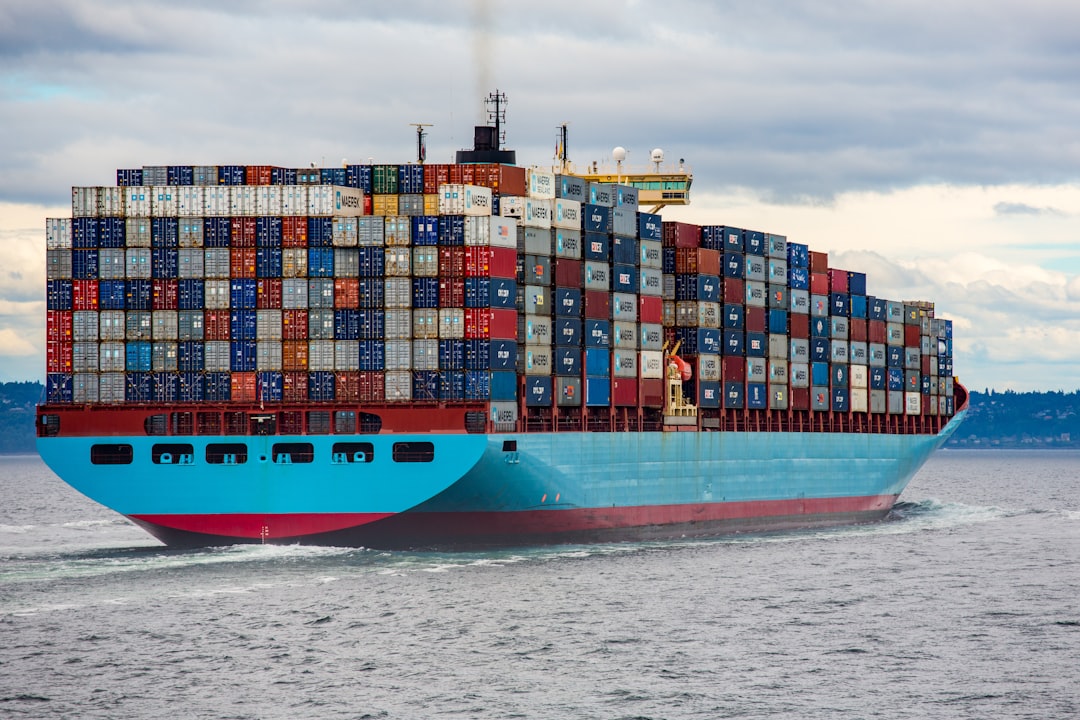What is it about?
I argue that two indigenous factors contributed to the regional self-awareness of being a kind of unit: 1) a positive view in what we today call Malaysia and Singapore that they sit at the centre of a region called by a variety of names. Their centrality, however, was based on geography and communications, not on civilization or empire; 2) resistance on the part of the more populous periphery (notably today's Burma, Viet Nam, Luzon) to absorption by powerful neighbours.
Featured Image
Why is it important?
Southeast Asia is often described as an artificial recent creation, born out of World War II and Cold War strategic thinking notably in the US. This article traces its more fundamental indigenous roots.
Read the Original
This page is a summary of: A Saucer Model of Southeast Asian Identity, Asian Journal of Social Science, January 1999, Elsevier,
DOI: 10.1163/030382499x00165.
You can read the full text:
Contributors
The following have contributed to this page










